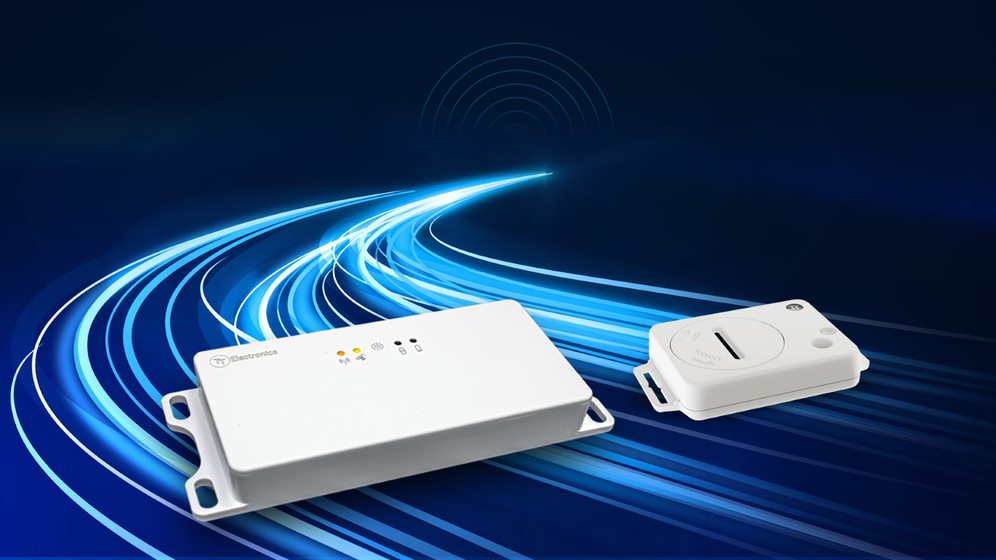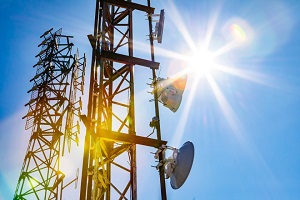Cold chain cargo lives and dies by access to active sensor data, transmitted and shared via connectivity solutions that are the backbone of supply chain success.
But significant connectivity evolution is underway, says Tim Clayton, sales director, electronic assemblies & connectivity, TT Electronics, and supply chain operators must take steps to understand options, challenges ahead, and how their decisions may create long-term impact on reliable and cost-efficient operations.
With more and more 2G (GSM) and 3G cellular networks facing the sunset of their operations, will 4G and 5G options become mandatory in cold chain cargo tracking? Doubtful more likely, emerging low power wide area network (LPWAN) technologies will rise to more widespread use.
Category M (Cat-M) or Narrowband IoT (NB-IoT) options are poised to play a greater role integrated into building block platforms that can both ease 2G transition and prepare operators for longevity of connected performance.
Why LPWAN instead of 5G?
Cat-M and NB-IoT are designed for the kind of data transmission common to the supply chain that is, smaller data packets sent more frequently, sharing information on temperature, humidity, light, location, and more. This is in direct contrast to 5G, optimised for moving massive amounts of data very quickly, but delivers a better balance of price and performance across supply chain tracking applications.

Interoperability with 2G is also a critical factor, recognising that not every global region has calendared a 2G sunset.
For example, GSM’s viability in supporting voice communications or legacy machine-to-machine connections has some European telecom operators signalling that 2G may endure longer than anticipated, especially as 3G is more often replaced by 4G LTE and 5G.
IoT building blocks create a time-to-market advantage
As system integrators and original equipment manufacturers (OEMs) work to develop their own mobile Internet of Things (IoT) solutions and transition to low power, low bandwidth networks, it is realistic to expect a design cycle as long as 12 to 18 months, as well as significant approval and certification cost.
Building block solutions are an alternative, providing a flexible but end-to-end option that reduces that design cycle and accelerates time to market. These solutions are available as turnkey hardware platforms supported by connectivity, ideally including a data plan, SIM card, device management, and optional backend management portal.

These level the playing field in a complex and competitive mobile IoT landscape, allowing integrators or OEMs to retrofit longevity into existing devices or quickly create a ground-up development path into next generation cellular connectivity; it can quickly become a ‘make versus buy’ decision.
Additionally, organisations with fully established platforms or airtime contracts in place can simply access the hardware element as a mechanism for speeding deployments and easily integrating new technology such as Cat-M for increased system longevity.
Making the transition to next generation cellular
Eventually, all regions across Europe will face 2G shutdown, currently estimated to occur around 2025. Yet deployed devices are often anticipated to perform for 10 years or more, much depending on battery life. A 2G telematics device deployed today needs a path to next generation connectivity to maintain its ideal performance lifecycle.
Because longevity is a design concern, optimised devices must support connectivity based on next gen technologies as well as 2G interoperability. Such devices can be deployed in 2G today and seamlessly switch protocols, for example, when networks activate Cat-M support. No on-site engineer visit is required to retrofit the system, and no additional costs are wasted redesigning a product based on older technology.
Building blocks foster system endurance
Nowhere is the real-time supply chain more critical than when handling assets that are perishable or temperature-sensitive. This type of asset tracking is only going to get more challenging as shipping becomes more and more global and as operators work to embrace new predictive capabilities that reduce costs and keep cargo safe in real-time.

Because the realm of mobile IoT systems is changing so rapidly, operators need an awareness of technology advances looming across different regions over the next three, five, seven years, and beyond.
With deployments routinely slated to last 10 years or more, longevity of supply and support is vital. Building blocks solve the challenge and allow IoT OEMs to focus on their application and core competency, tapping into system longevity and next generation connectivity as a competitive differentiator.
The author is Tim Clayton, sales director, electronic assemblies & connectivity, TT Electronics.
Comment on this article below or via Twitter: @IoTNow_OR @jcIoTnow










